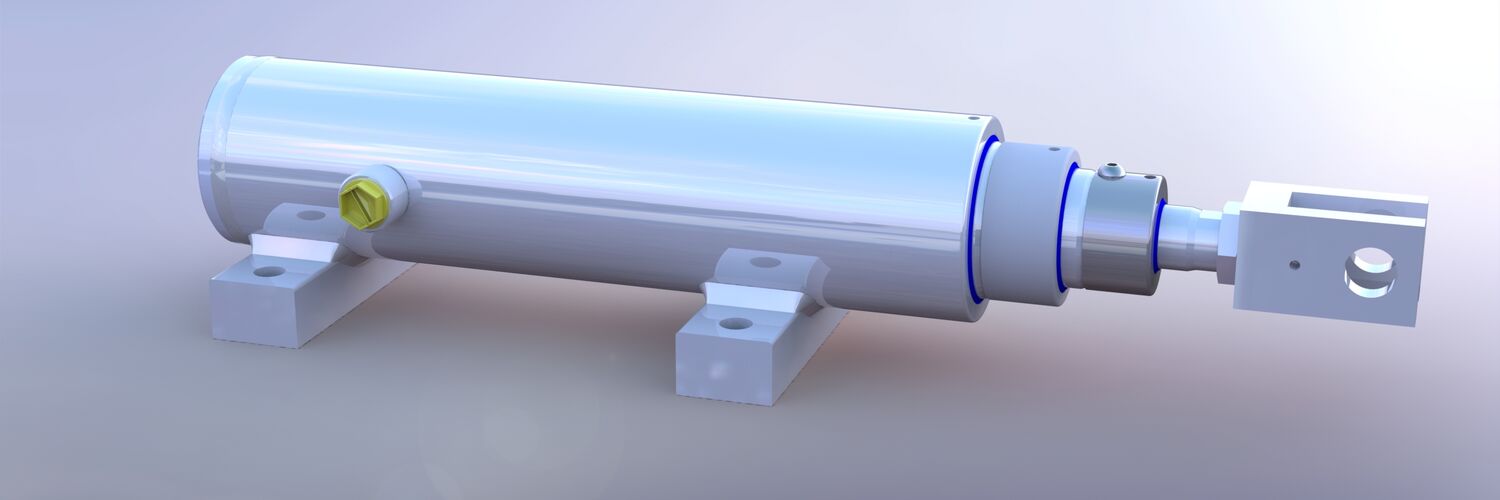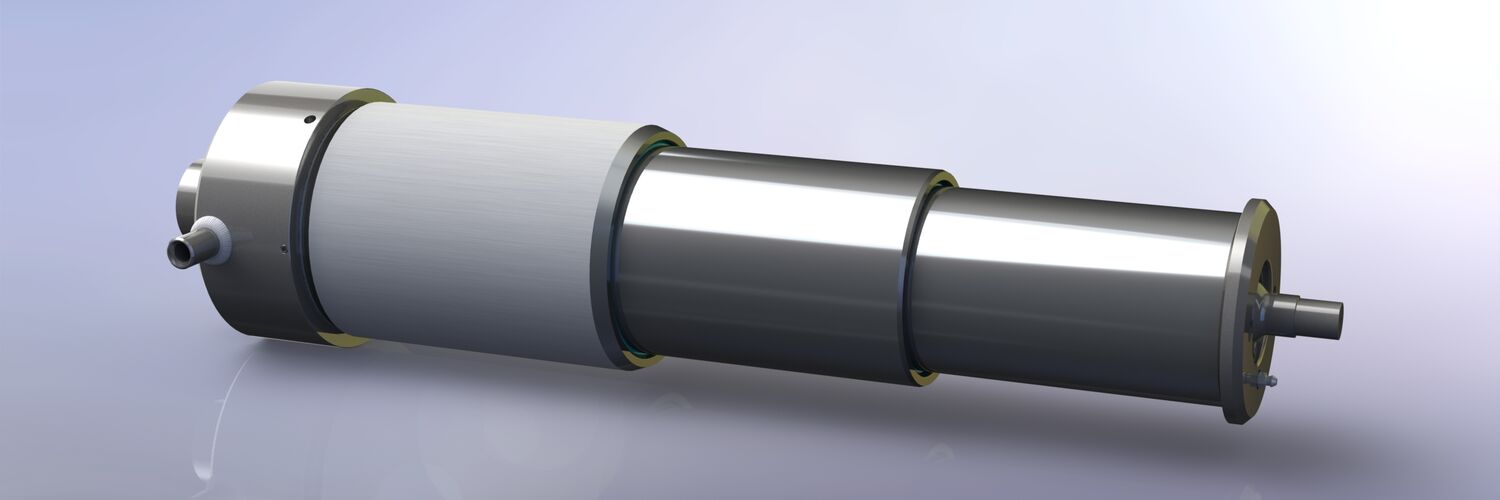Telescopic Single Acting
Telescopic single acting cylinders have a single port, have multiple stages placed one inside the other and are load returned.
They function by displacing the cylinder rods which do not have piston seals. The oil is contained within the cylinder by gland or rod seals only. When oil enters the cylinder the rods are displaced extending the cylinder. In low load conditions rods are able to extend in any order dependent on the forces and friction of each section.
In sufficiently high load conditions the largest rod will extend first with the greatest force followed by subsequent rods in size order with proportionately less force. Conversely the speed of the cylinder stroke increases as the rod sizes decrease. The cylinder retracts when the oil is released from the cylinder the force of the load returns the rods into the cylinder. The load must always have sufficient force to overcome the friction and back pressures in the cylinder. Provision must be made in the design to bleed air from the cylinder.
In the two stage example shown here the cylinder is mounted using a spherical ball and cup to eliminate side loads. A bleed point has been incorporated into the top of the cylinder to remove the air from the system.
| Advantages | Disadvantages |
|---|---|
| Only one feed required | Cannot be hydraulically retracted |
| Compact closed length with increased stroke | Requires sufficient external force to retract – if not sufficient cylinder may stay out |
| Can have many stages | Force generated relates to rod diameter not tube diameter |
|
|
Speed and force varies with the size of each rod |
|
|
Able to move out of sequence |
|
|
Unsuitable for lifts due to the speed changes |







